Submitted Review
‘An invisible being named Amaliel asked her to invoke the spiritual realm through painting.’
‘Hilma af Klint: The Secret Paintings’
It’s a well-worn cliché that the best artists aren’t recognised until after their deaths. In the case of Hilma af Klint, this outcome is not only true, but exactly what the Swedish artist intended. Before she died in 1944, af Klint stipulated that her work should not be displayed for twenty years. Only a future generation, she believed, would be receptive to it. In line with her mystical sensibility, it seems she wanted her work to be experienced like a revelation. At the Art Gallery of NSW’s exhibition Hilma af Klint: The Secret Paintings, it’s hard not to shake the sense that the revelation has come to Sydney and we are that receptive audience.
The first room of the exhibition presents a series of alien-looking pastel drawings – egg and petal shaped ovoids, triangles and looping lines echo the rough automatism of a doodle. They were made by af Klint and four other women who drew intuitively as they received messages from invisible spirits. The curators – Sue Kramer from Melbourne’s Heide Museum of Modern Art and the AGNSW’s Nicholas Chambers – note that this occult drawing practice freed af Klint from her formal art education. It encouraged an exploration of the inner imagination and forged her abstract visual language ahead of the art-historical curve.
In 1906, when af Klint was 44, she received a monumental commission. An invisible being named Amaliel asked her to invoke the spiritual realm through painting: ‘Amaliel presented me with a task and I immediately said “Yes”. The expectation was that I would dedicate a year to this task. In the end it became the greatest work of my life.’ In the next rooms we see this epic cycle of works collectively titled The Paintings for the Temple.
The centrepiece of the show is a group of ten enormous canvasses called The Ten Largest (1907). Painted in burnt oranges, soft pinks, pale blues, lilacs and yellows, they hum with gentle intensity. Biomorphic shapes drift across flat surfaces like cells under a microscope. Tendrils of coloured lines coil into spirals and unfurl into arabesques of indecipherable text. Abstracted references to shells, flowers and snails abound. The forms are in dynamic interaction – they dance with each other: rotating, overlapping, interpenetrating – conveying af Klint’s belief that all matter is connected. She was guided in her art by Theosophy, a new spiritual movement promoting a divine essence that permeates and binds all things. At the same time, af Klint was influenced by scientific discoveries that were upending society’s conviction in the stability of forms. Her radically flattened shapes, dotted lines and innovative use of text relate closely to the imagery of biology and physics.
These works are considered remarkable because they represent a bold abstract vocabulary, well before abstraction was officially invented. In 1907, the Fauves were busy in the south of France: Andre Derain’s landscapes were fragmenting into blocks of colour and Matisse was describing his interiors and portraits with an increasingly minimal formula of expressive brushstrokes. In Paris, Picasso and Braque were entering their first cubist phase, fussing over views of musical instruments from multiple angles in the one picture. Meanwhile, af Klint was in far-away Sweden, embarking on The Ten Largest. It was no landscape or guitar for her – besides their symbolic references to natural forms, these paintings have little to do with the world we can see. The Ten Largest is like an utterance from an astral plane. In the artist’s words, they are ‘images of the life that exists beyond everything’.
The Secret Paintings is currently closed due to Sydney’s Covid restrictions. An online walkthrough is available here:
https://www.youtube.com/watch?v=iQs31HjOelI
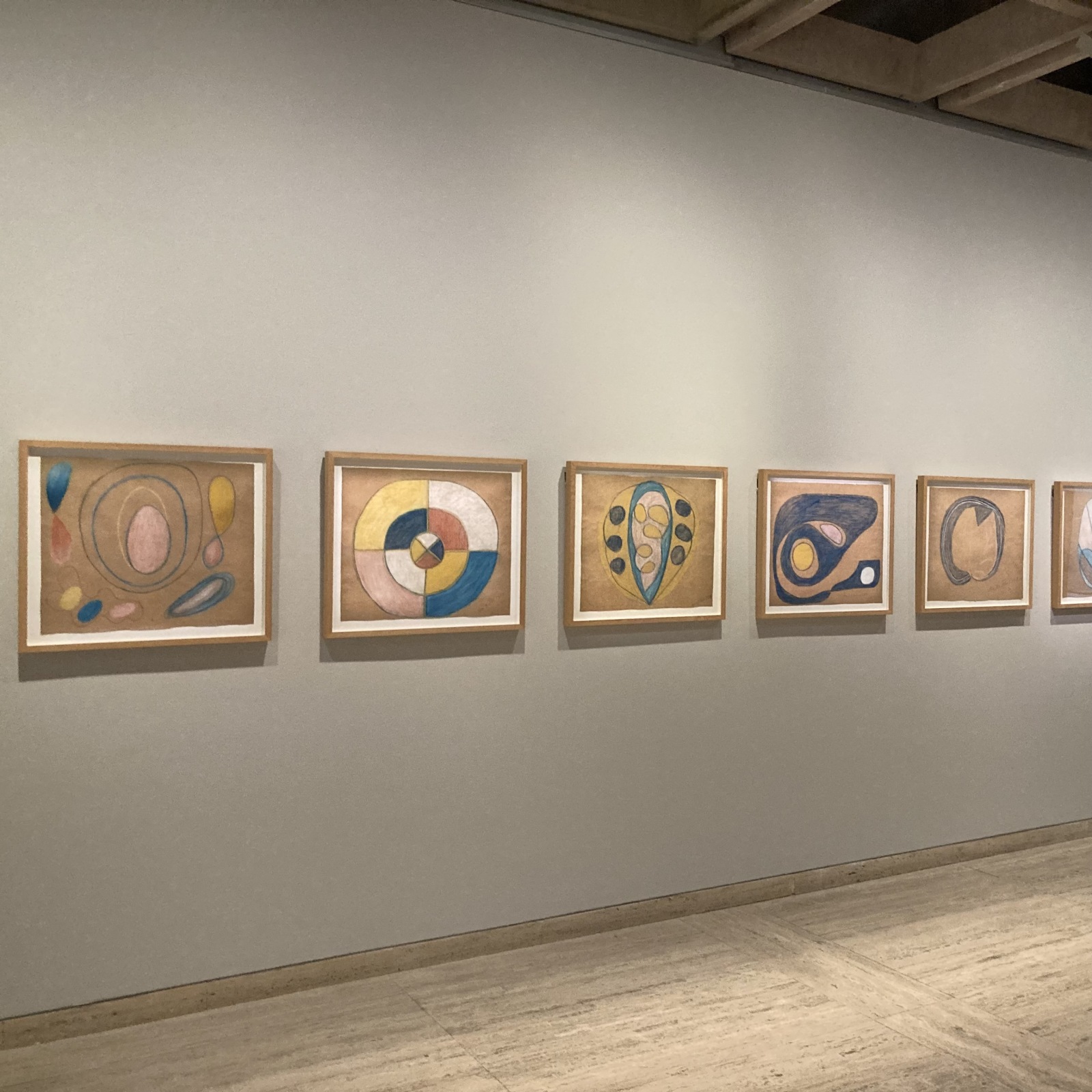
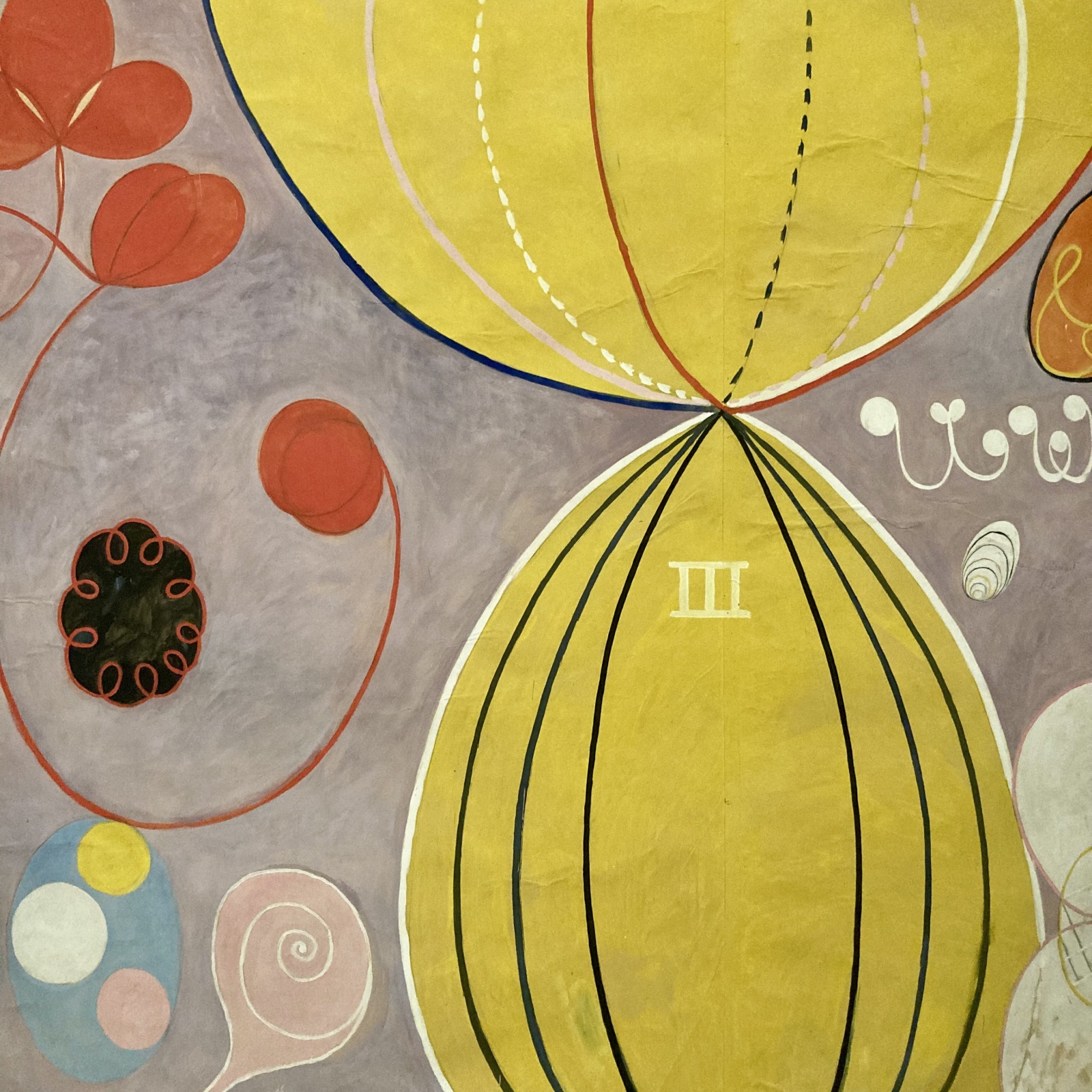
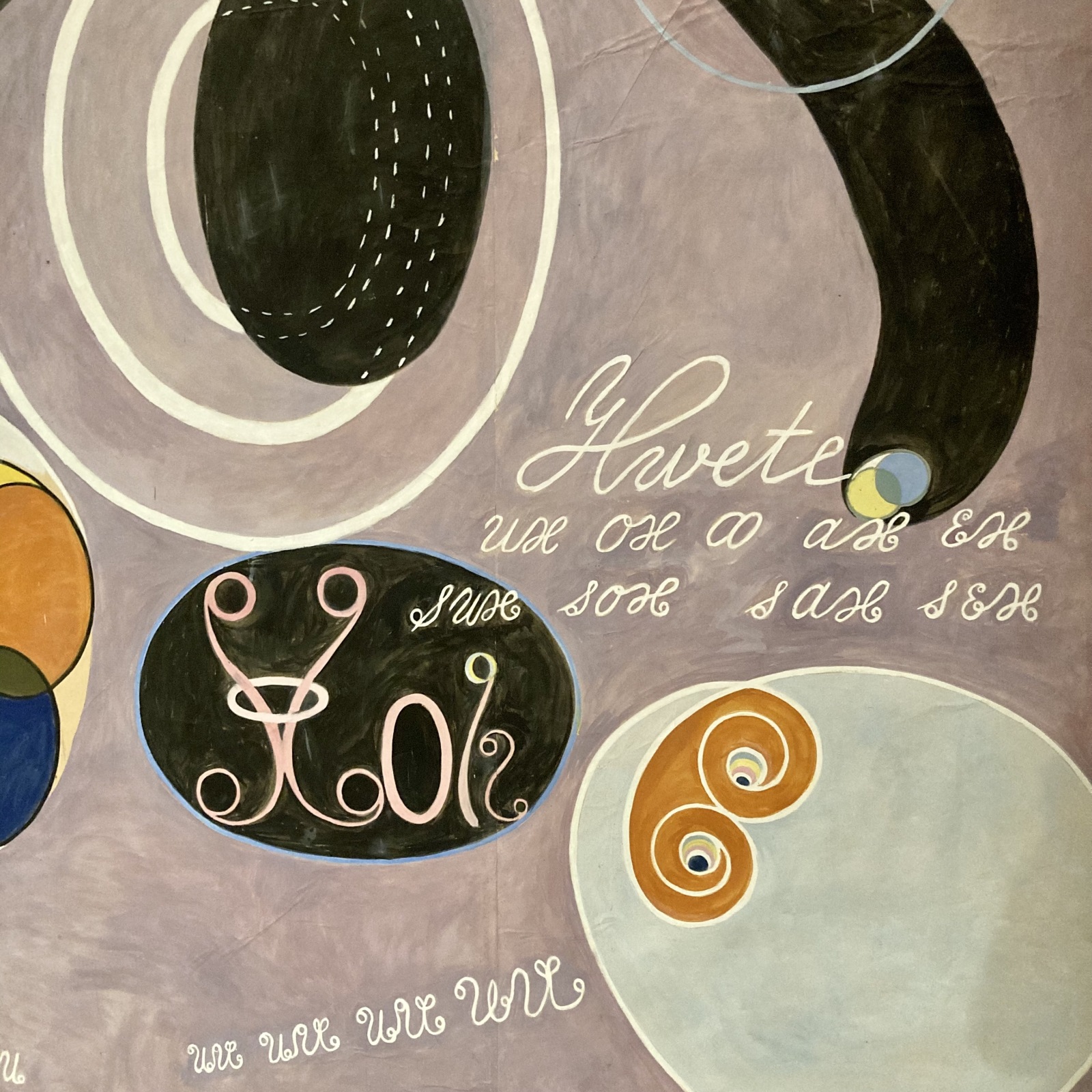
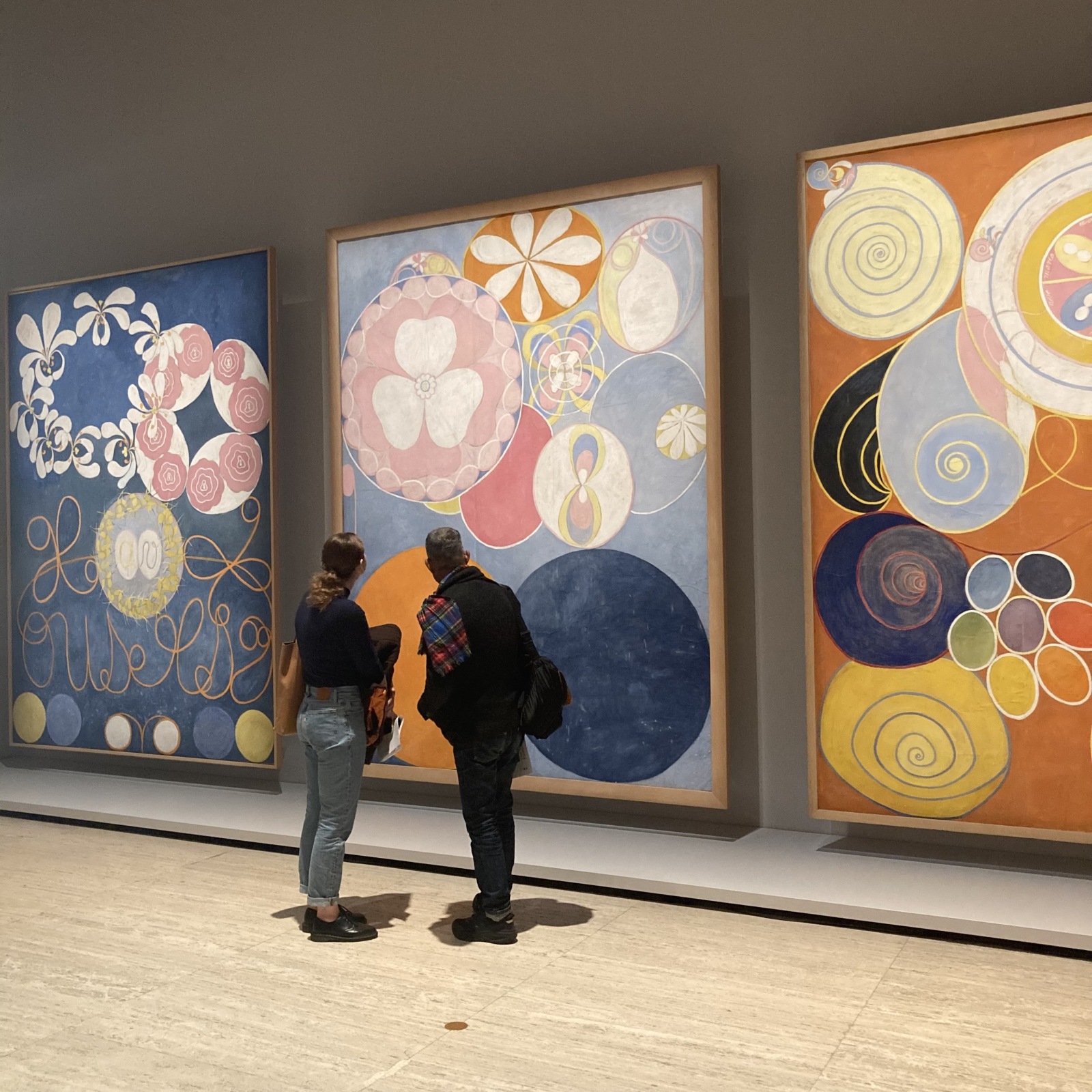
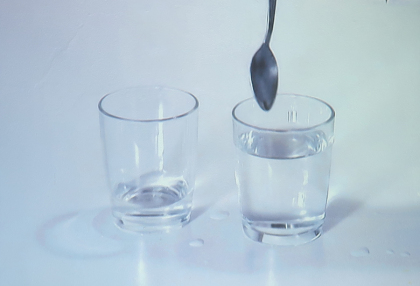
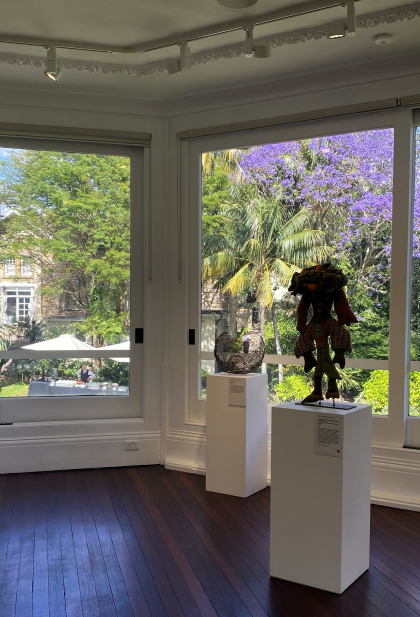
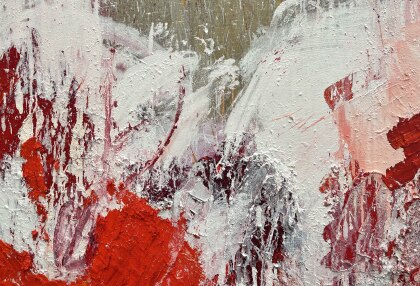
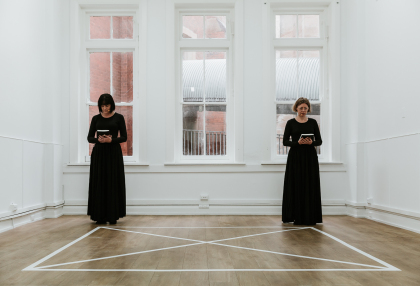
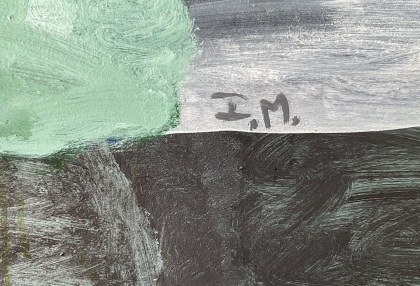
No Comments